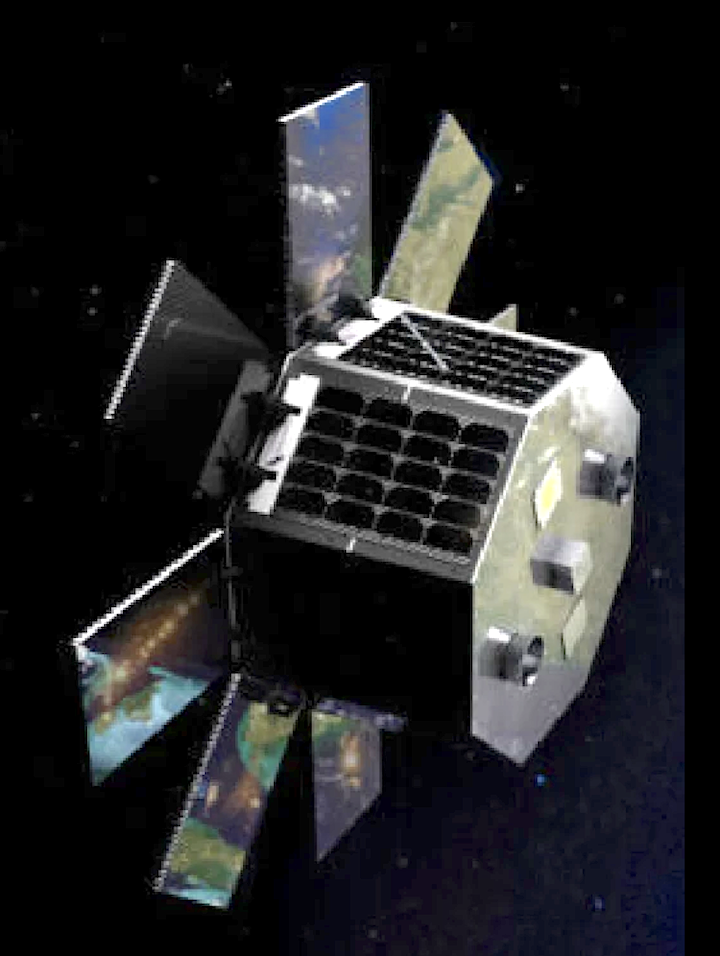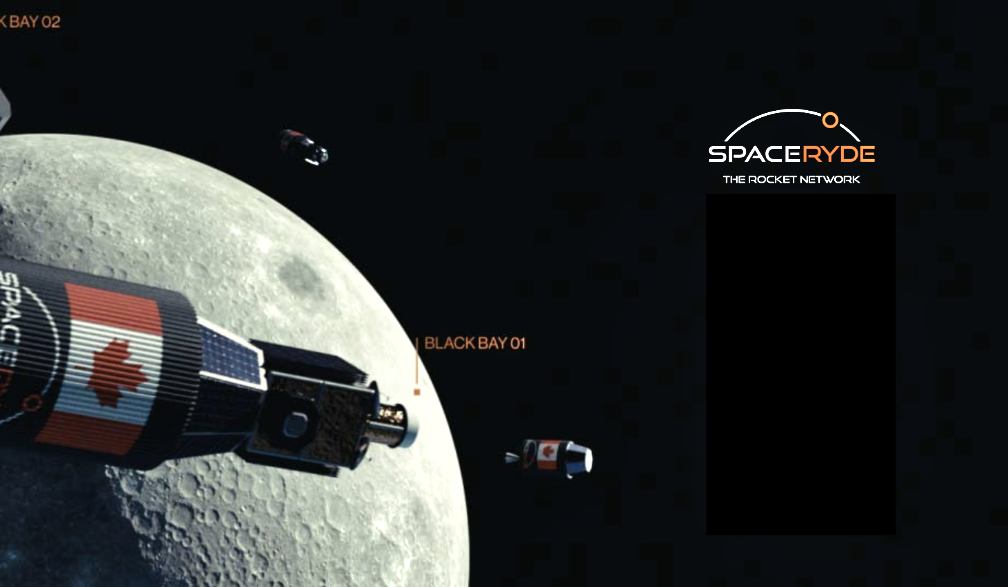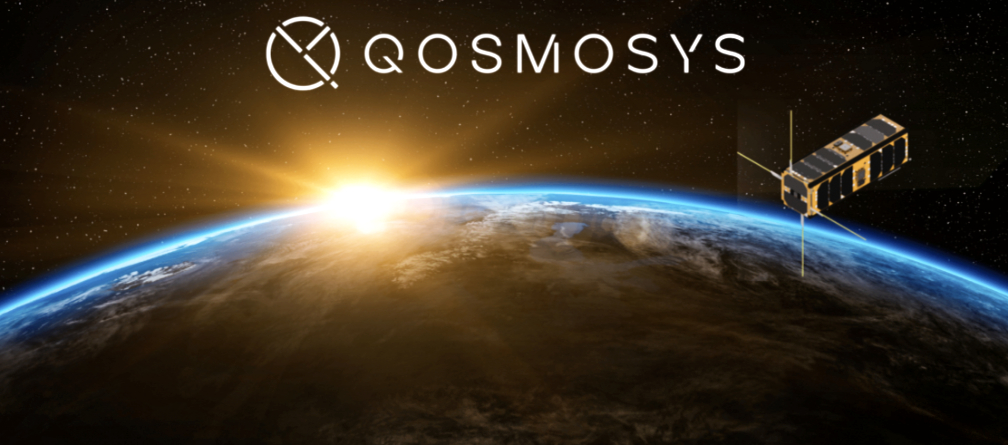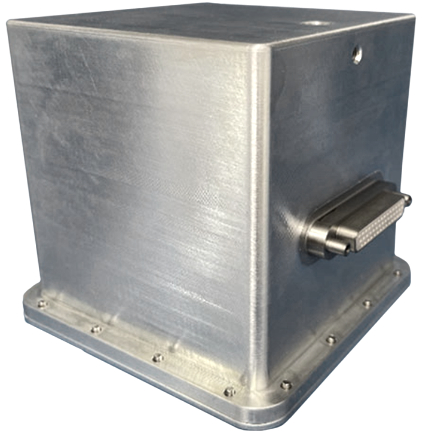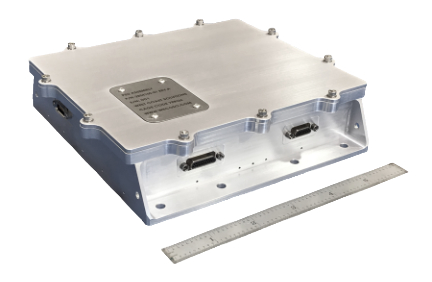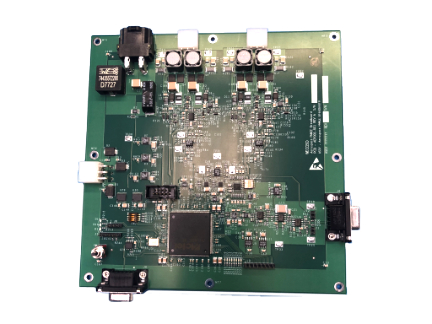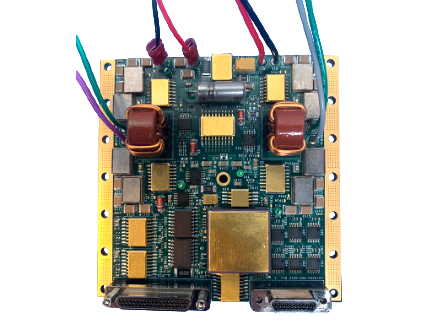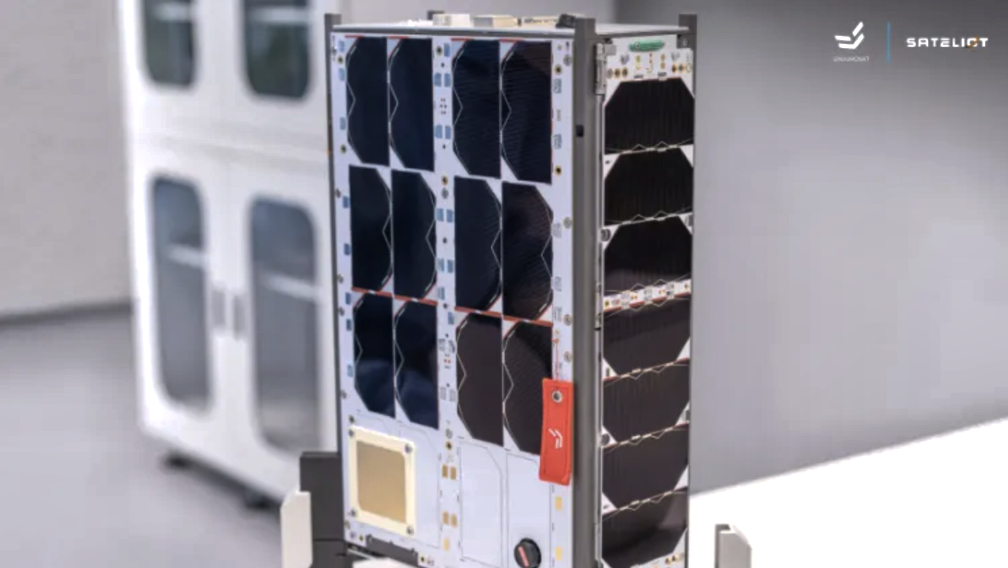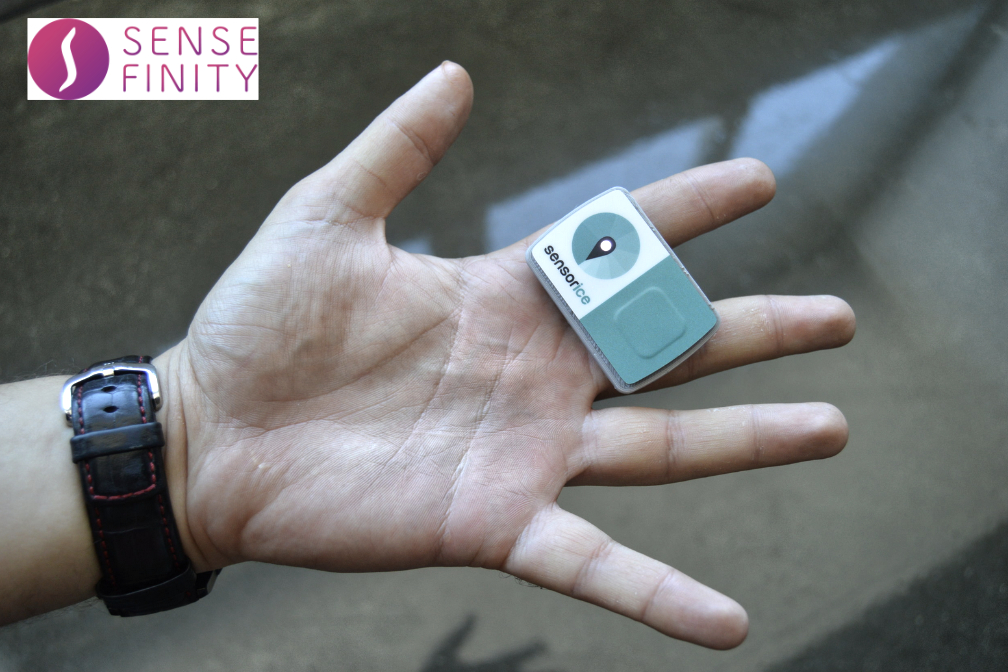
HawkEye 360 Inc. has successfully deployed to orbit the company’s Cluster 6, next-generation satellites aboard the inaugural Rocket Lab Electron flight from Launch Complex 2 at Virginia Space’s Mid-Atlantic Regional Spaceport within NASA’s Wallops Flight Facility.
Communication with the satellites has been established by the company’s operations team. This is the first of three dedicated Rocket Lab USA Inc. (Nasdaq: RKLB) flights contracted by HawkEye 360.
The Cluster 6 trio of satellites will be the first in the HawkEye constellation to enter an inclined orbit, boosting revisit rates over the mid-latitude regions of the globe. Once Cluster 6 achieves initial operating capability, HawkEye 360 will be able to collect RF data as frequently as once per hour from anywhere on Earth, enabling the company to offer the most timely and actionable RF data and data analytics available on the market.
This successful launch expands HawkEye 360’s constellation to 18 satellites with expanded and improved data collection in the 15 -18 GHz range, exposing new and meaningful insights for customers. These second-generation Cluster 6 satellites hold two payloads for system redundancy and are each equipped to collect VHF, UHF, X-, L-, S-, X-Band, and GPS Interference signals.
“We are happy to report that our Cluster 6 next-generation satellites have reached orbit and we look forward to ramping up operations in the weeks ahead and fully integrating them into our constellation,” said HawkEye 360 CEO, John Serafini. “We are grateful for our valued mission partners, Rocket Lab and the Virginia Commercial Space Flight Authority, who worked alongside our fantastic HawkEye 360 team to make this inaugural Virginia launch a success.”
“We’re immensely proud to have delivered mission success for HawkEye 360,” said Rocket Lab founder and CEO, Peter Beck. “With Launch Complex 2, we set out to create a new path to orbit from U.S. soil after more than 30 Electron launches from New Zealand, and what could be more fitting for the first Virginia mission than launching a Virginia-built satellite? We couldn’t ask for better mission partners in HawkEye 360 and Virginia Space, and we look forward to many more missions together.”


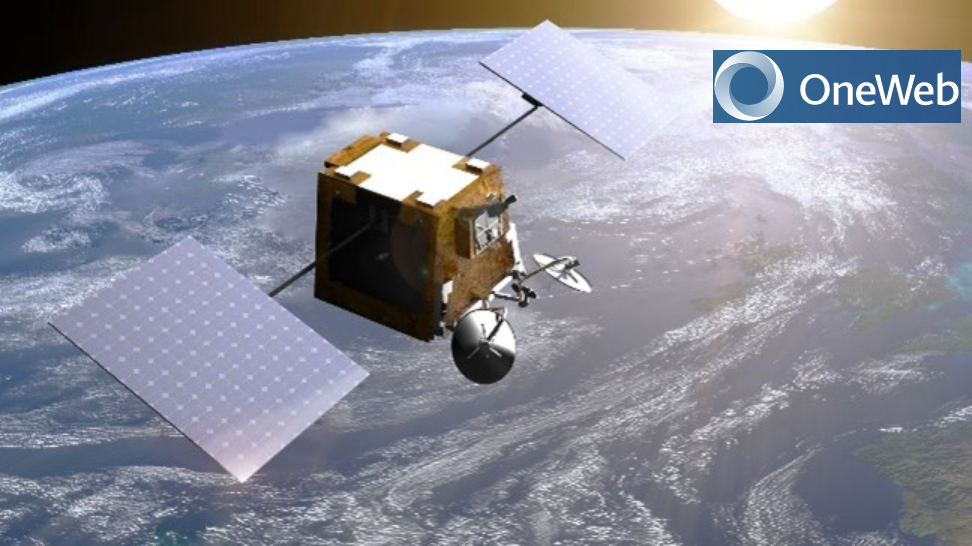
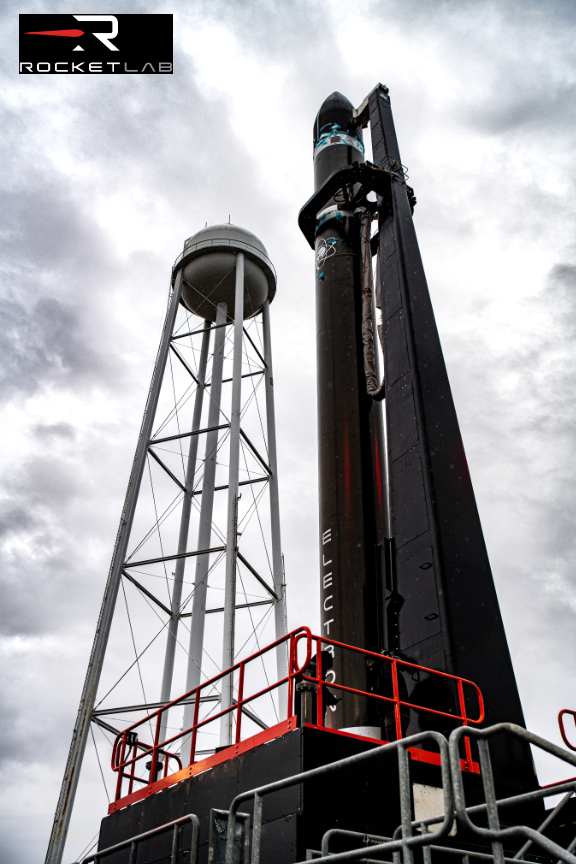
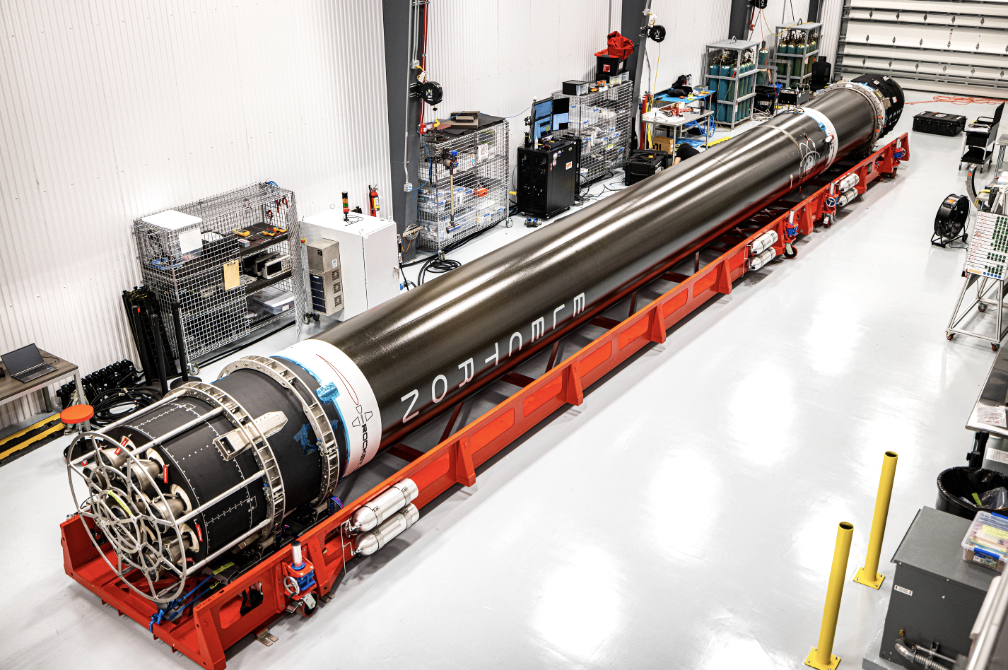
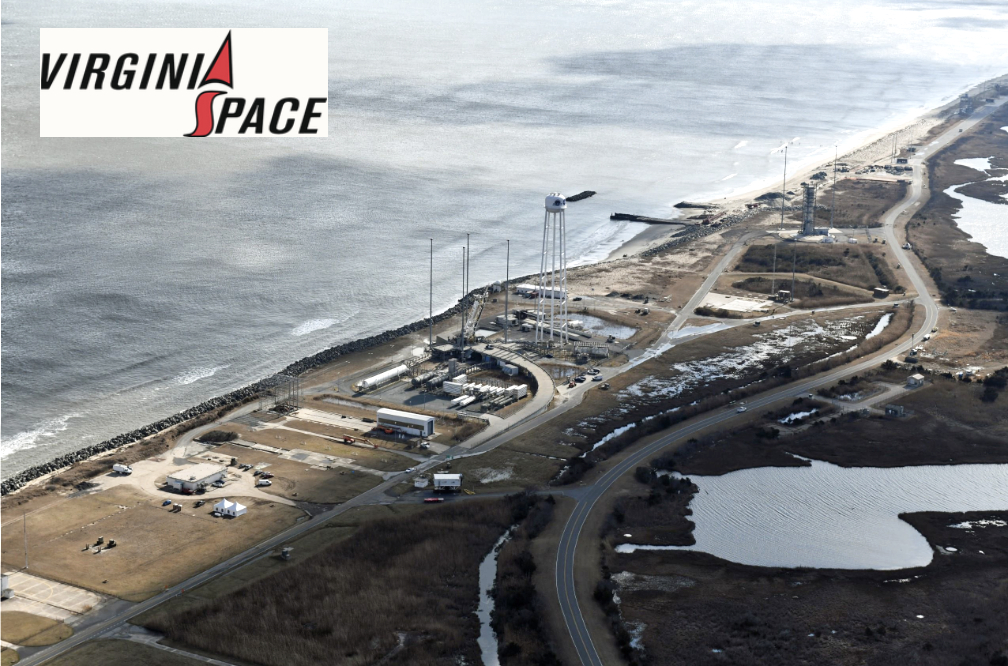
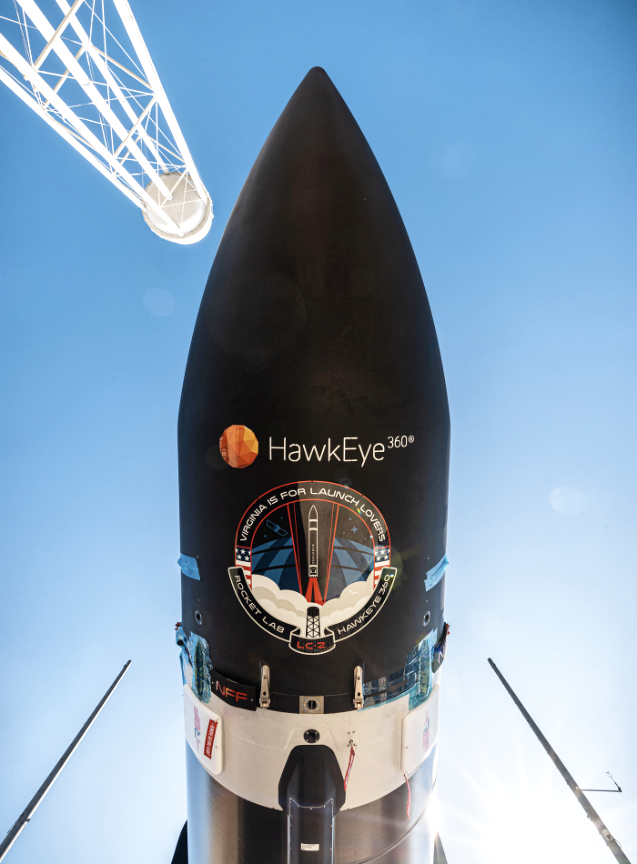
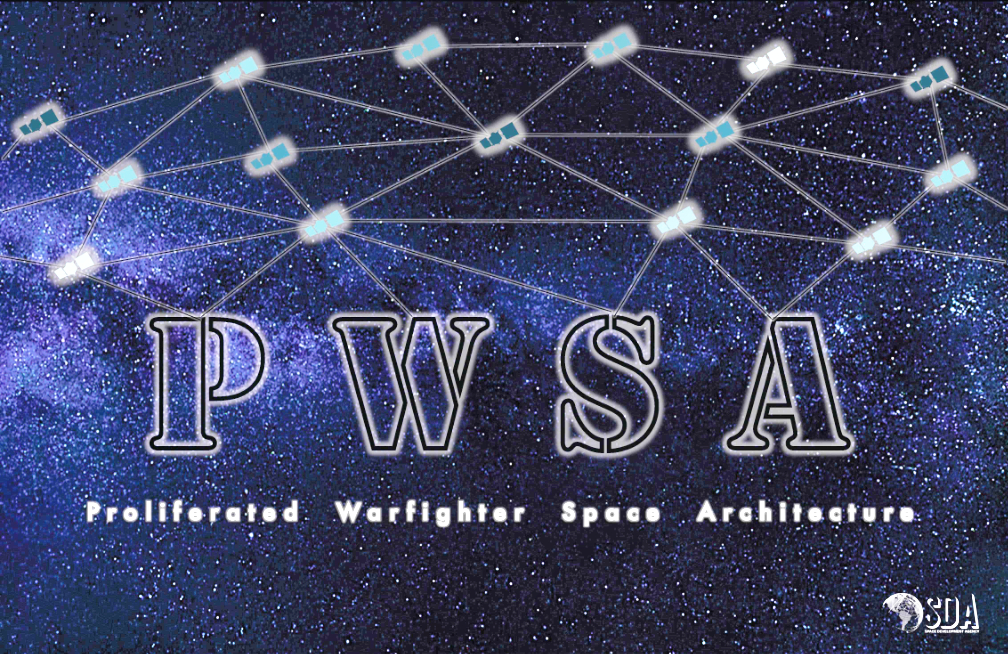


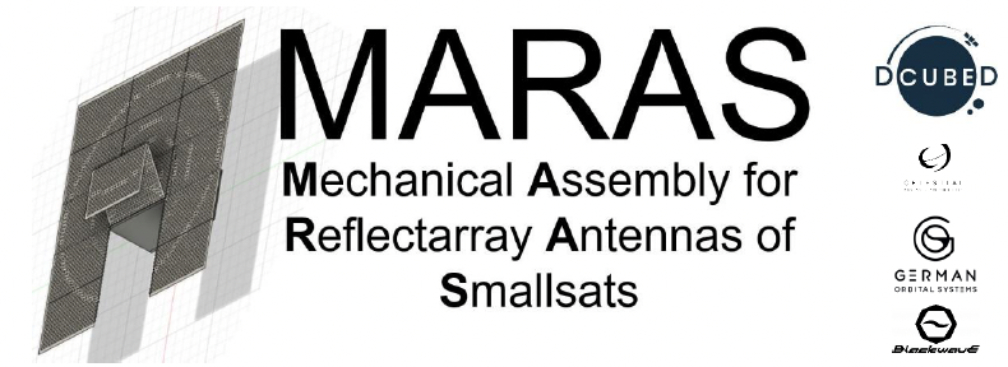

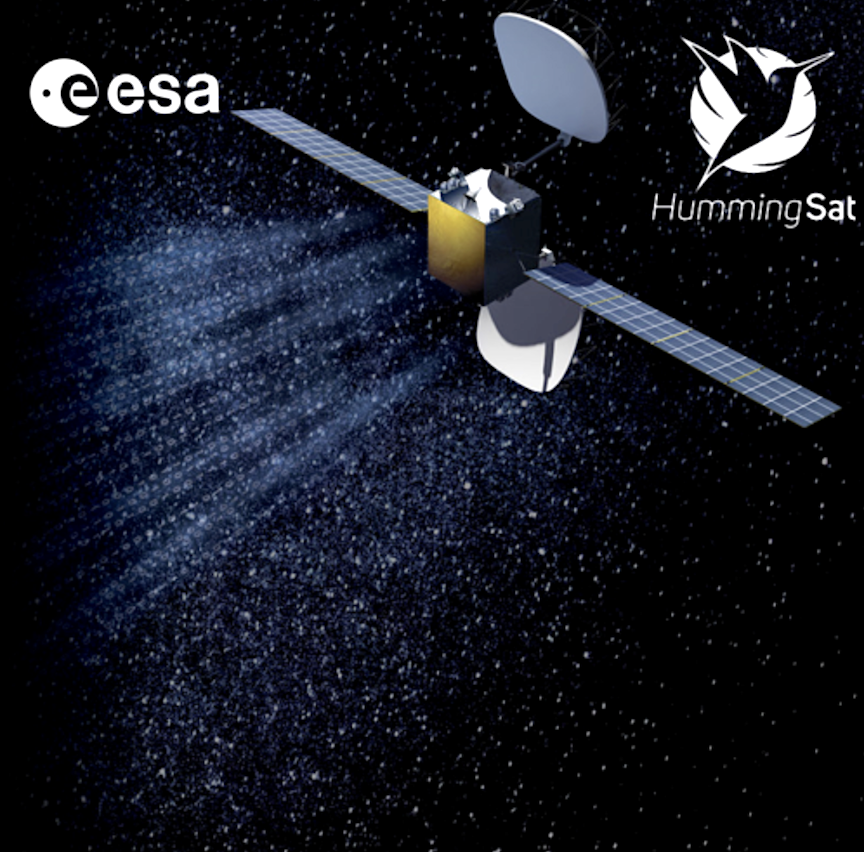
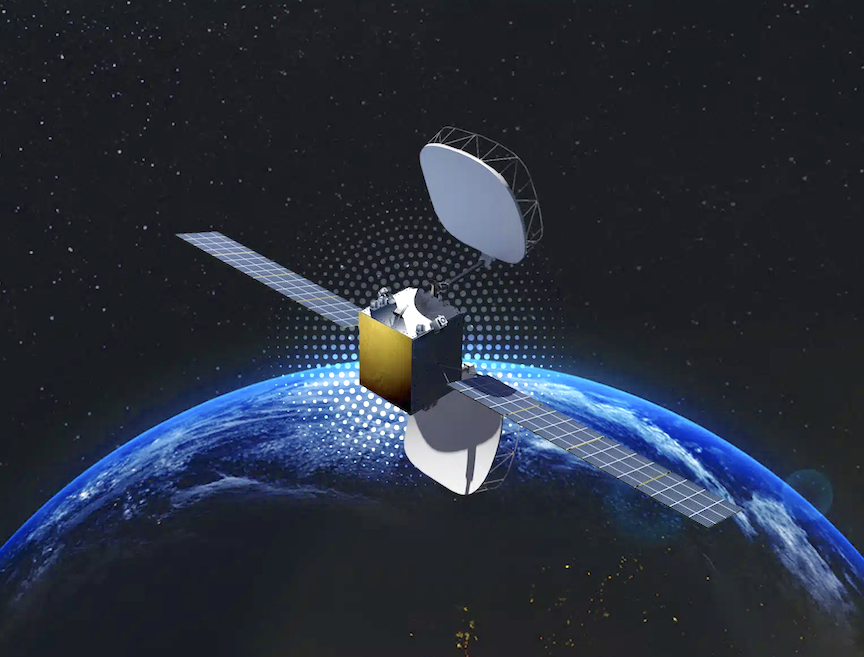

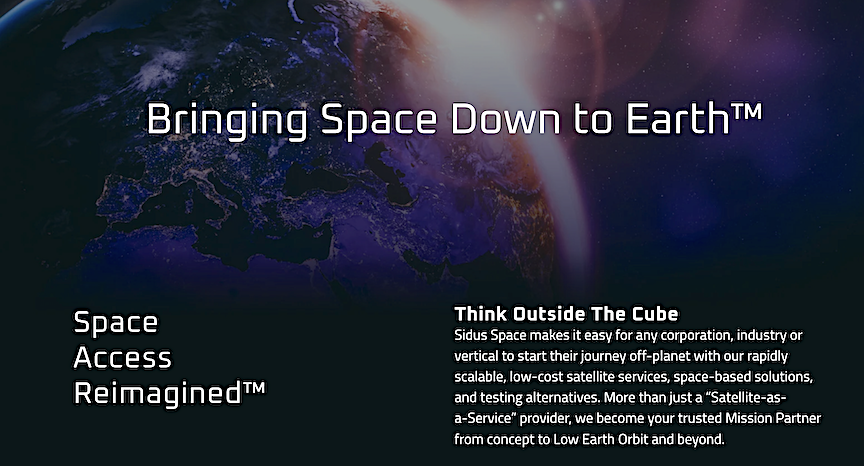
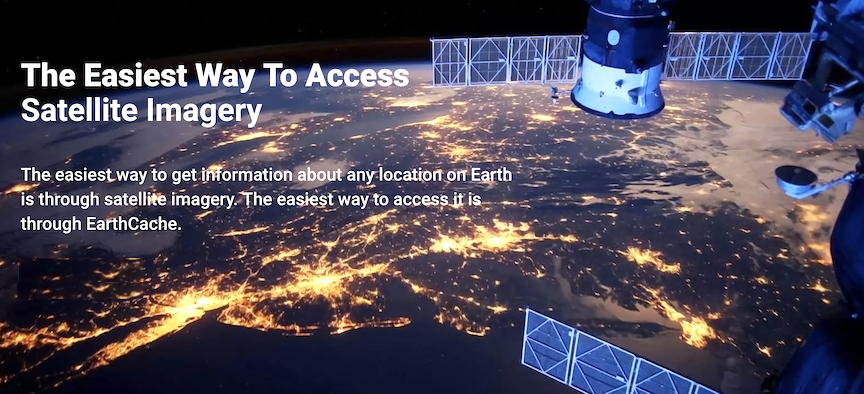
 ”. Sidus forecasts that its revenue mix will include a variety of users and industries and an increase in remote sensing data customers and analytics subscriptions.
”. Sidus forecasts that its revenue mix will include a variety of users and industries and an increase in remote sensing data customers and analytics subscriptions.